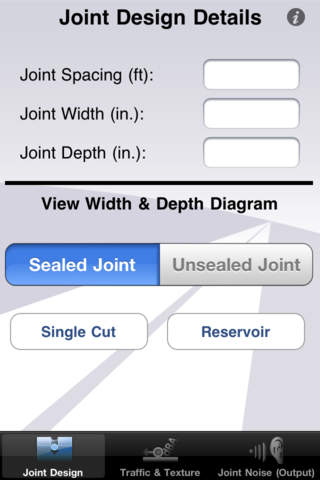
Joint Noise Estimator ACPA
Entwickler American Concrete Pavement Association
For passenger cars, 70% to 90% of the traffic generated noise is produced by the tire-pavement interaction. Thus, additional traffic generated noise due to such vehicles is well characterized through evaluation of just the tire-pavement interaction. In the U.S., this is accomplished with the use of On-Board Sound Intensity (OBSI; see image on the right in the header) per AASHTO TP-76.
As a vehicle travels over joints in a jointed concrete pavement, there is a joint slap noise that contributes to the overall tire-pavement noise. When evaluating pavements using OBSI techniques, it is generally only convenient to determine the overall pavement noise levels. These levels are a function of both the joint slap effect and the pavement texture effect.
This tool, based on the work of Dr. Paul Donavan1, was developed to allow designers to estimate the impact of various joint geometries and condition on the overall tire-pavement noise level and to provide guidance to maintenance efforts in terms of the noise benefit attainable through sealing joints. Generally speaking, wider and deeper joint openings, and closer joint spacings, increase the overall traffic generated noise level.
1. Donavan, P., “The Acoustic Radiation from Pavement Joint Grooves Between Concrete Slabs, Transportation Research Record, Volume 2158, pgs 129-137, August, 2009.



